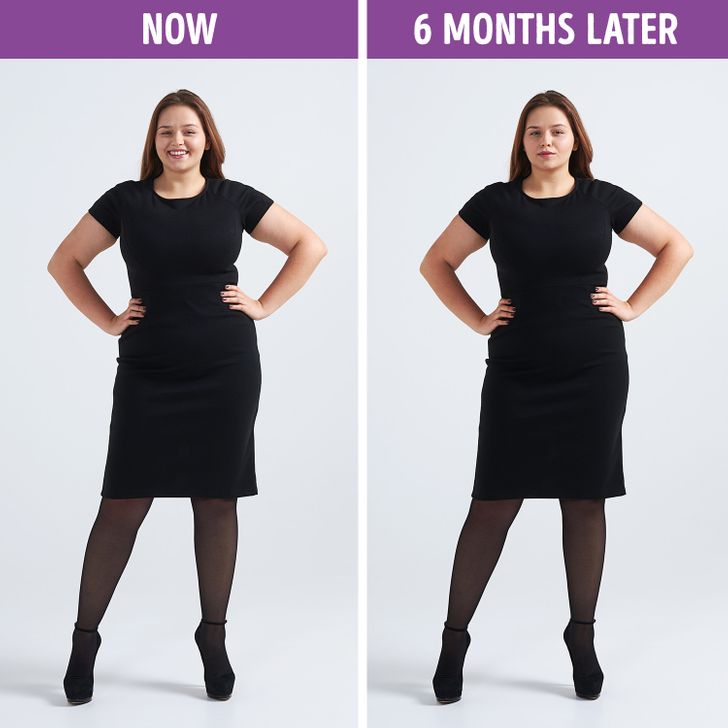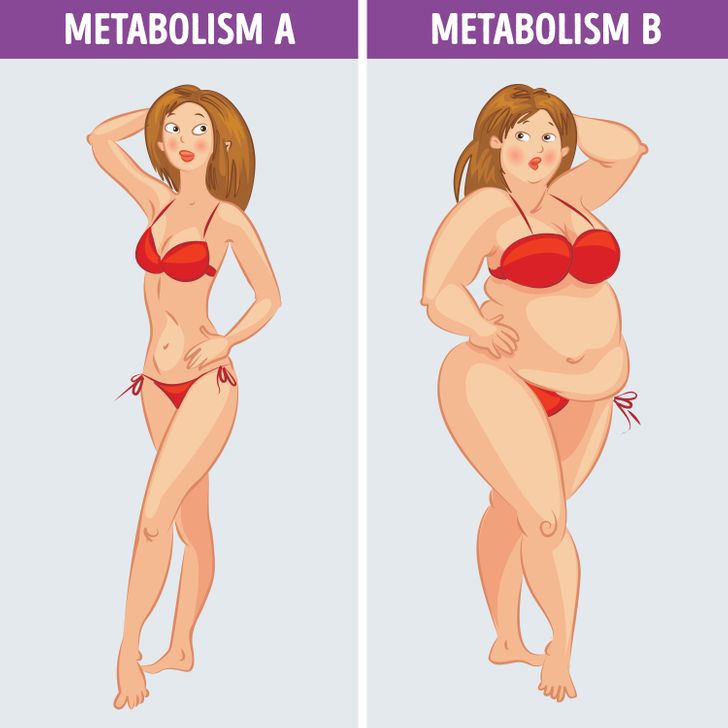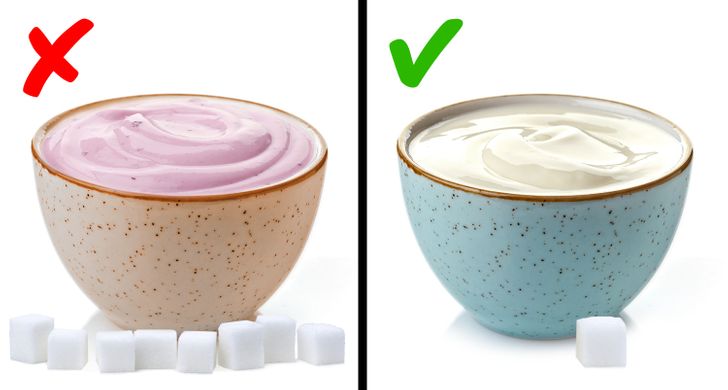There are hundreds of diets in the world and those looking to lose weight have many options to choose from. However, not all methods are good for your health and equally effective. Diane Kress, a certified nutritionist from the United States, developed a new nutritional system and wrote a book called The Metabolism Miracle. In this article, we are going to talk about the advantages and disadvantages of this diet.
Diane Kress has worked with many patients, helping them fight obesity and treat type II diabetes. Her book is based on her personal experience, scientific discoveries, and medical data which helped it get noticed. In 2010, The Metabolism Miracle was awarded “Diet Book of the Year” by the Daily Mail.
We discovered Kress’s book and its basic principles and we would like to share the information about this metabolic diet with you.
How It Works

When on a “diet”, people often encounter a scientifically proven method called the plateau effect, which means that the diet does not help them lose weight in the long term.
When dieting, our body works in survival mode, where it tries to save every calorie. Its main objective is to prevent our body from starving at all costs, which is why it considers fat reserves a benefit. Therefore, when we reduce the amount of food consumed, our body reduces its metabolism to save energy.
The goal of the metabolic diet is to restore certain organs such as the pancreas and liver. Then they will start working in a new way, which will balance our metabolism and bring it back to a normal state.
2 Types Of Metabolism

In her book The Metabolism Miracle, Diane Kress distinguishes two main types of metabolism. Regular (metabolism A) – that of thin and fit people, and lazy (metabolism B) – that of overweight people.
The bodies of overweight people cannot adequately eliminate glucose, and as a result, their fat cells accumulate fat more intensively; These are the signs of metabolic syndrome.
It seems that reducing calories should lead to weight loss, but that is not true. Our metabolism is highly dependent on the hormone insulin. It is responsible for reducing the concentration of glucose in the blood.
An excessive amount of insulin causes us to eat more sugar. It also removes glycogen from the liver, which leads to an increase in blood glucose, which causes fat cells to begin to actively store fat.
Therefore, a vicious cycle is formed: we eat sweets to increase the level of insulin, which results in an increase in the craving for sweets. At the same time, if we refuse to consume sweets or glucose, the excess insulin that is not consumed causes a strong feeling of hunger. So it is very difficult to lose weight with this metabolism.
The Specifics Of The Diet

During the first stage, the author suggests cutting out fast and slow carbohydrates like pasta, semolina, and bread. The staples of the diet are protein and vegetables, as well as low-carb versions of the products. In addition, you will need to control the serving size of the allowed products.
The basic principles of the diet in the first stage are proteins (lean meat without skin, seafood, low-fat cheese, and cottage cheese, eggs, soy products without sugar), fats (light versions of butter, sour cream, margarine, mayonnaise, vegetable oils, olives, avocados, nuts, seeds), vegetables (artichokes, asparagus, green beans, broccoli, Brussels sprouts, cauliflower, celery, cucumber, eggplant, mushrooms, varieties of pepper, radish, tomato) and allowed carbohydrates (yogurts, juices, smoothies, sugar-free puddings and servings of other products that do not contain more than 5 g of carbohydrates).
The second step allows all the products from the first step. In addition, the diet can be enriched with cereal-based products, semolina, pasta, ordinary bread, other non-sweet fruits, and Diane Kress’s low-carbohydrate pastry recipes.
During the third stage, after finishing the diet, it is still necessary to observe the number of carbohydrates based on your calculated metabolism. You can add sweet fruits and berries to the menu, as well as small portions of desserts, always remembering to control your portion sizes.
Do you think it is important to follow a special diet to lose weight or is adequate and moderate nutrition enough? Share your opinion in the comments!
Preview photo credit Depositphotos.com


